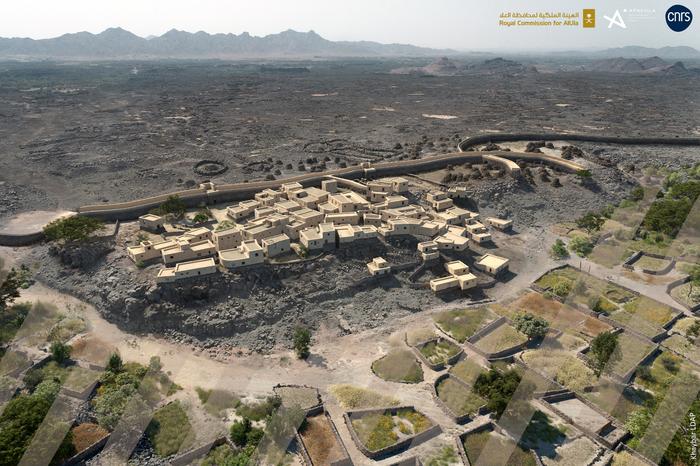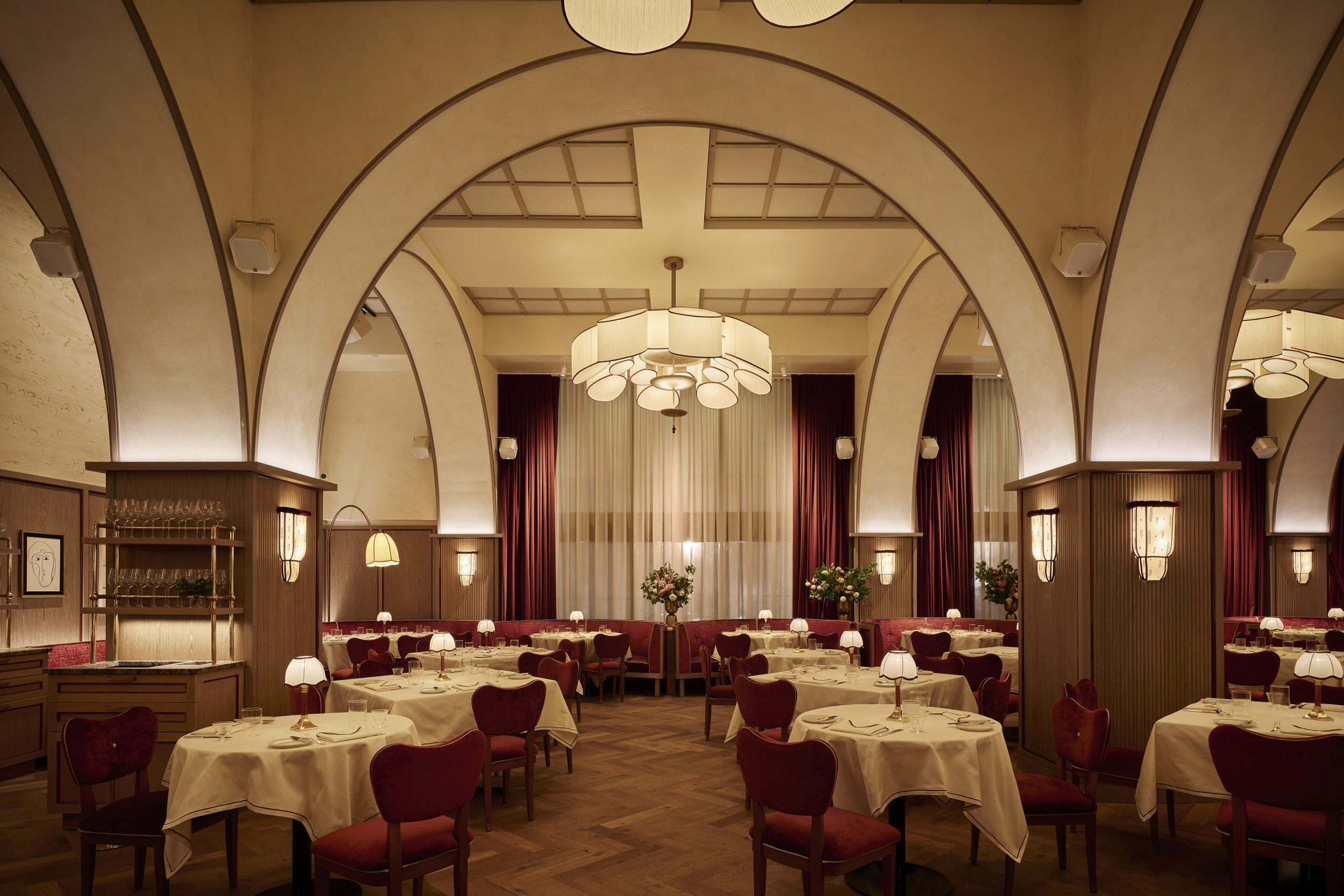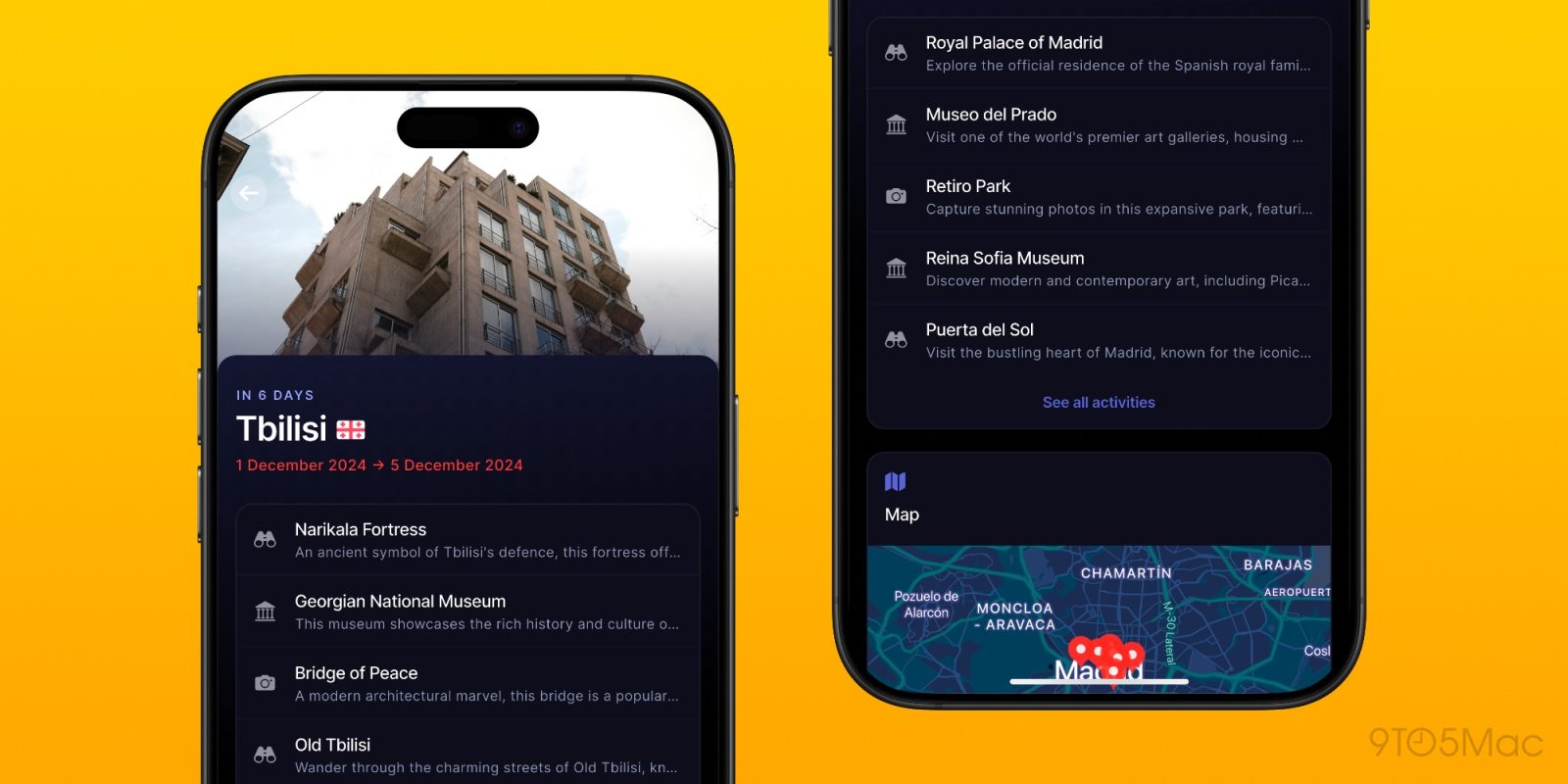The ancient world’s march toward urbanization was uneven. While Mesopotamia was sprouting city-states along the Tigris and Euphrates rivers and building massive monuments like the Ziggurat of Ur (in what is now Iraq), development in Arabia appears to have been smaller, slower, and more modest, according to a report in PLOS ONE . Urbanization to archeologists, isn’t just about the presence of massive monuments, though.
Its signposts include temples and public buildings, signs of administration and writing, and the development of crafts, and professions beyond farming. Understanding Ancient Arabia Bronze-Age Arabia has been far less studied than parts of Mesopotamia and the Levant that existed during the same period. That’s beginning to change, though.
Over the past decade or so, teams have explored sites at Tayma, Qurayyah, Dadan, and others. “We now have a better picture of what happened in northwestern Arabia, even if it remains very partial and preliminary,” says Guillaume Charloux of the French National Center for Scientific Research in Paris, an author of the new study. Read More: Humans Shaped Ancient History Across 3 Ages: The Stone, Bronze, and Iron Age Signs Within a Bronze Age Settlement That picture is becoming clearer thanks to a newly described Bronze Age settlement in Arabia, the town of al-Natah in Medinah province.
The town, which covered about four acres, was more than a farming settlement, but not quite a city. For instance, the team of archeologist.


















